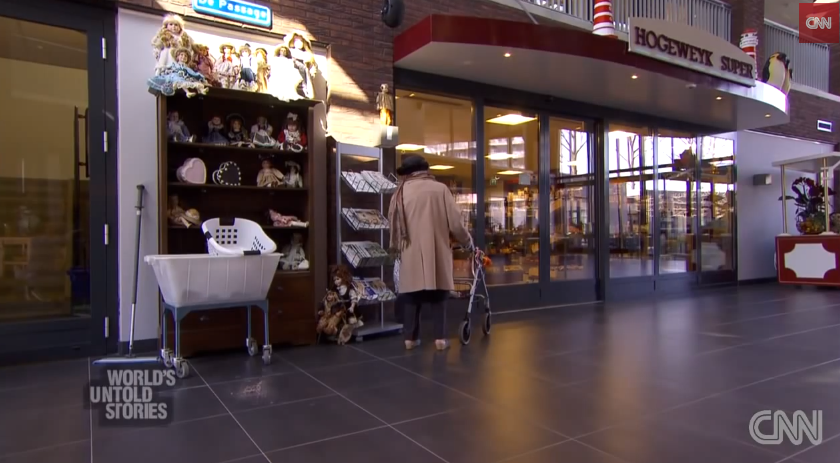

Tragedies at the end of life come in many shapes and sizes. For Betty, an elderly woman with end stage dementia, the last few years were comprised of minor, daily tragedies, finding herself staring out the window of her locked unit, wondering why she couldn’t get out the door to go for a walk. She would pack her bags with her belongings, excited about a day out with her friends to get coffee at the café and her hair done at the salon, only to find that she needed to stay in the white-walled unit. I remember her confusion and anger as the staff, dressed in white coats and nursing scrubs, would correct her on her age and the fact that the man next to her was indeed her husband. She would spend her days watching television and awaiting her meals and medications without pursuing any of her previous interests like baking and gardening. I wondered if there was a better way to do this, a place where she had a home to call her own and where she could safely and freely wander to the grocery store and gardens. A place where they used less medications and restraints and where there were readily available activities like art and music for her to develop a routine and spend her days. Imagine my surprise to learn that such a place exists, an idyllic community in the Netherlands where patients can safely roam to their hearts content.
Hogeway (literally, Dementia Village) is a state-run facility in the Netherlands on 4 acres, with 23 housing units only a few minutes drive from downtown Amsterdam. At first glance, it looks like any other village, but in actuality, it is an innovative approach to caring for patients with severe dementia and an attempt at giving residents a healthier and happier reality for the final years of their life. They care for 152 residents with severe dementia who are free to wander around a small community designed to resemble the lives the residents remember. Residents can visit a grocery store, a cafe, a hair salon, gardens, a pedestrian boulevard, a theatre and even a pub. They can join one of 25 clubs with interests from baking, music, painting and gardening. The cost is $6555 per month and they live 6-8 per apartment with 2 or more of the 240 staff members in street clothes there to assistant them with daily activities. Creative solutions, not medications or restraints, are used when residents become confused or aggressive. So far, advocates of the village have noted that the residents here participate in more exercise and walking, eat more healthfully, take fewer medications and perhaps even live longer.
The WHO estimates that the number of people living with dementia worldwide will double by 2030 to about 65 million and will likely triple by 2050. In fact, according to the Alzheimer’s Association one in three seniors will die with dementia. There has been a significant amount of interest other European countries like England and Germany to implement similar places, and anecdotally, news pieces about Hogeway have generated plenty of interest in the US– we all can name a Betty or two who would benefit. We would certainly need a more dignified name, but I wonder if the rest of the concept would translate here? Stay tuned. Perhaps it is time to evaluate if a community like this could work in the United States.
by: Stephanie Rogers
Here is a video from “CNN’s World’s Untold Stories: Dementia Village” on Hogeway



